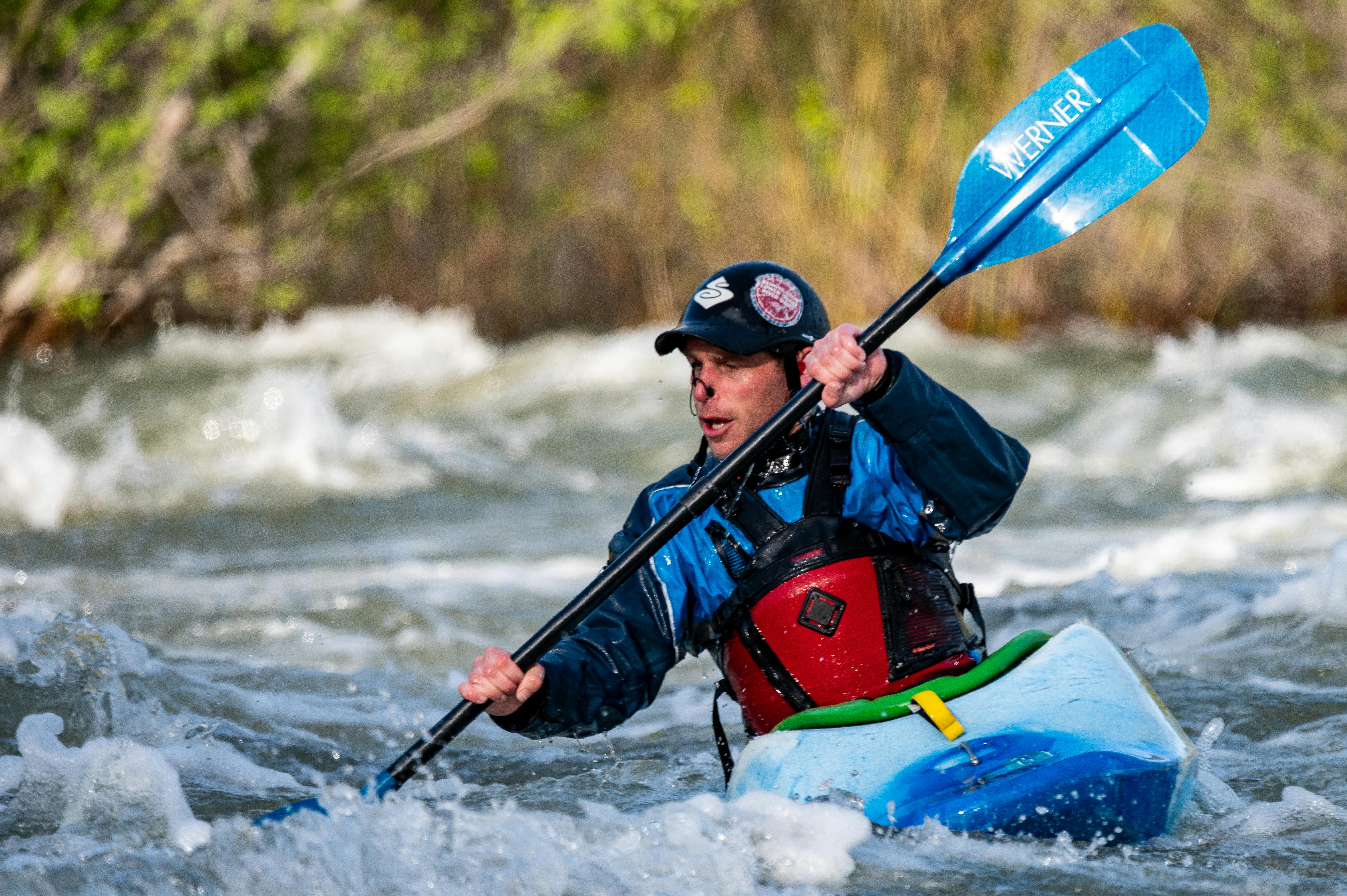Geothermal exploration does involve searching for active geothermal regions with the goal of building geothermal power plants. The exploration methods involve various techniques ranging from the drilling process to geochemical analysis.
Geochemical analysis includes the study of the relationships between the properties of surface fluids and geothermal bodies. Geothermometers and other sophisticated instruments are being used to measure subsurface temperatures. In geochemical analysis for geothermal exploration, temperature, isotope ratios, elemental ratios (such as mercury and carbon dioxide), etc., are some of the main measurements that are made.
In the magnetic method for exploration of geothermal energy, the identification of the depth of the Curie point or the Curie temperature is the most important measurement. Titanomagnetite, which is most commonly found in geothermal regions, has a Curie temperature that ranges from 200 to 600 degrees Celsius.
Most geological materials are not electrically conductive and therefore have high resistivity, but structural characteristics can improve their conductivity. Such a transformation in conductivity facilitates the mapping and therefore the composition of the subsoil lithology. Magnetotelluric measurements facilitate the identification of resistivity anomalies associated with geothermal structural features such as faults. Such measurements would lead to an evaluation of geothermal reservoir temperatures at various depths. This method was successfully applied for the detection of geothermal energy in several countries and especially around the ring of fire.
Resistivity methods are also being widely used to explore geothermal energy resources. The flowing geothermal waters are the low resistance zones. Low resistivity areas can also be due to variation in rock composition and therefore temperature.
The gravity method is generally used to identify subsurface density anomalies. Such measurements would be useful for locating geothermal regions. Airborne gravitational techniques are more efficient at collecting data. The gravity data should be corrected for elevation, latitude, etc.
Geothermal regions within the subsurface are also the regions of intense seismic activity. These regions are generally characterized by low magnitude earthquakes. Therefore, additional studies at such locations could provide clues for the identification of geothermal energy sites.
The drilling process is one of the most expensive, but it can provide reliable information related to the subsurface. Geothermal characteristics such as thermal pockets, temperature gradients, etc. They are obtained through the use of various types of drilling techniques. The latest advances in remote sensing techniques have also contributed to the exploration of geothermal energy resources.




